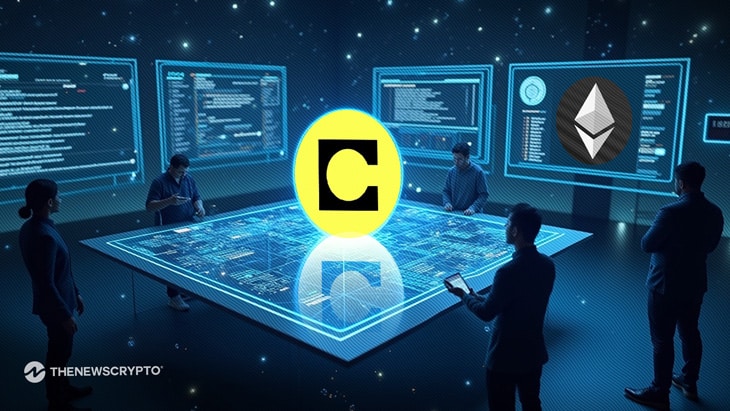- Celo has transitioned from a Layer 1 blockchain to an Ethereum Layer 2.
- The migration enhances security, speed, and cost-effectiveness for users.
- Celo maintains its core mission while integrating deeper with Ethereum.
Celo has completed its shift from a Layer 1 blockchain to an Ethereum Layer 2. This change strengthens its ecosystem while staying true to its mission. Since its launch five years ago, Celo aimed to provide an accessible blockchain for everyone. Now, by leveraging Ethereum’s security and scalability, it moves forward with even greater potential.
0/ Celo transitions to an L2, a guest thread by @marek_
— Ethereum.org (@ethereum) March 28, 2025
5 years ago, @Celo launched on Earth Day with one goal:
Build something different.
A blockchain for everyone—no matter where you live or what phone you carry. That dream never changed & this week, it just got stronger 👇 pic.twitter.com/XOGvB2tEIG
The transition took over 20 months of planning, testing, and coding. It was not a simple task to upgrade an entire Layer 1 blockchain. Developers had to ensure no history was lost and the upgrade was seamless. The transition was validated by full nodes, making the process trustless.
The upgrade did not require a regenesis, which is to say that the blockchain continued normally but with additional features. Celo is now operating on Ethereum’s Optimism Stack and EigenDA. The upgrade provides faster transactions, lower fees, and better compatibility with the broader Ethereum ecosystem.
Enhanced Security with Ethereum
The move to Layer 2 improves Celo’s performance. The blockchain now features one-second block times and sub-cent transaction fees. The users can also pay gas fees using USDT and USDC, which makes it easier to use stable assets to pay for transactions.
Security is improved dramatically. As a Layer 2, Celo can take advantage of Ethereum’s battle-tested security model. The CELO token is still useful on both chains, not becoming useless. Native bridging makes it easy to move assets from Celo to Ethereum, which makes it less frictional for users.
Ethereum’s Layer 2 roadmap is a tried-and-tested scaling strategy. Celo is following this vision while maintaining its major differentiators. The network is still mobile DeFi use-case driven, focusing on real-world use cases such as savings, credit, and payments.
Driving Real-World Blockchain Adoption
Celo’s ecosystem is active. It is home to over 1,000 projects, including Aave, Uniswap, Curve, and Chainlink. Over 14 stablecoins, including USDT, USDC, and local digital currencies, are available on the network. Celo has over eight million users in emerging markets utilizing its accessible financial tools.
Innovations are also being created. zkPassport, a self-sovereign identity protocol, enhances user privacy and security. GainForest, GrassEcon, and SilviProtocol are a few of the projects driving sustainability through the use of blockchain technology. These projects demonstrate Celo’s emphasis on positive impact and financial inclusion.
The move acts as a model for the rest of the Layer 1 blockchains that are considering migration to Ethereum’s Layer 2 ecosystem. The shift demonstrates how a blockchain can improve scalability, reduce costs, and boost security without disrupting its core operations.
By becoming an even more fundamental component of Ethereum’s ecosystem, Celo receives even more solid foundations to develop in the long run. The merge ensures that its mission—making financial instruments available to everyone—remains achievable on a larger scale. The outlook is optimistic since Celo continues to innovate and expand its audience.
Related Reading: Blockchain Group Advances Its Blockchain Strategy with BTC Holdings
How would you rate your experience?






